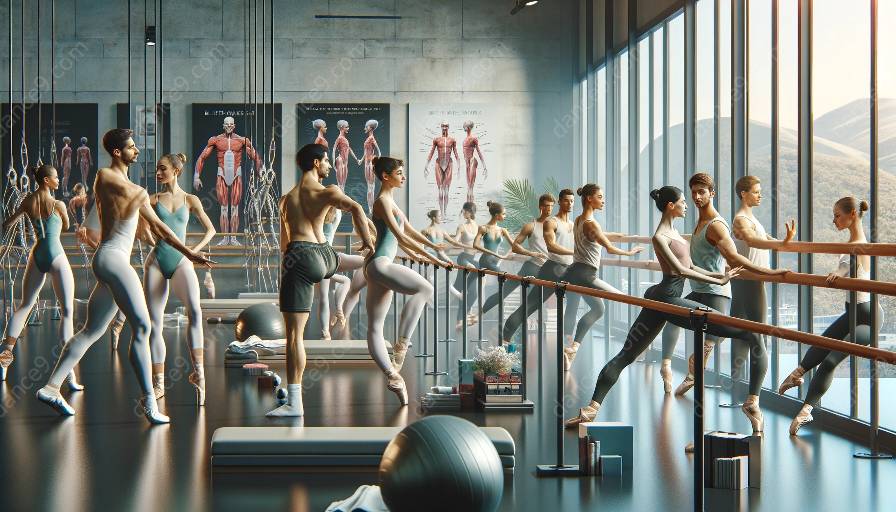Ballet is a classical dance form that has evolved dramatically over time, shaping the physical aspects of ballet and influencing the health and well-being of dancers. Understanding the historical and theoretical development of ballet technique is essential to comprehend its impact on dancers' health.
The Historical and Theoretical Influences on Ballet Technique
The origins of ballet can be traced back to the Italian Renaissance courts of the 15th and 16th centuries. The dance form evolved further in France during the 17th century, with the establishment of the first professional ballet school, Académie Royale de Danse, in 1661. This historical evolution laid the groundwork for the development of ballet technique, which has been influenced by numerous choreographers, teachers, and dancers throughout history.
One of the most influential figures in the evolution of ballet technique is Marius Petipa, a French ballet dancer and choreographer who worked at the Imperial Ballet in St. Petersburg, Russia during the late 19th century. Petipa's contributions to classical ballet technique, including the codification of the five basic foot positions and the development of pointe work, have had a lasting impact on ballet and continue to shape the way dancers train and perform today.
Evolution of Ballet Technique and its Impact on Dancers' Health
As ballet technique continues to evolve, its impact on dancers' health becomes increasingly significant. The physical demands of ballet require exceptional strength, flexibility, and control, which can place significant stress on the musculoskeletal system. The evolution of ballet technique has led to a greater emphasis on technical precision and extreme athleticism, which can contribute to an increased risk of injuries among dancers.
Furthermore, the historical and theoretical influences on ballet technique have shaped the aesthetic ideals of ballet, leading to the promotion of a certain body type that can be detrimental to dancers' mental and physical well-being. The pursuit of the





























